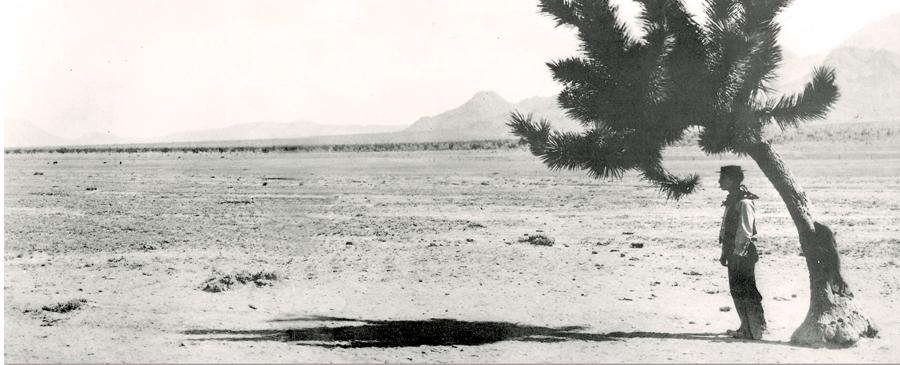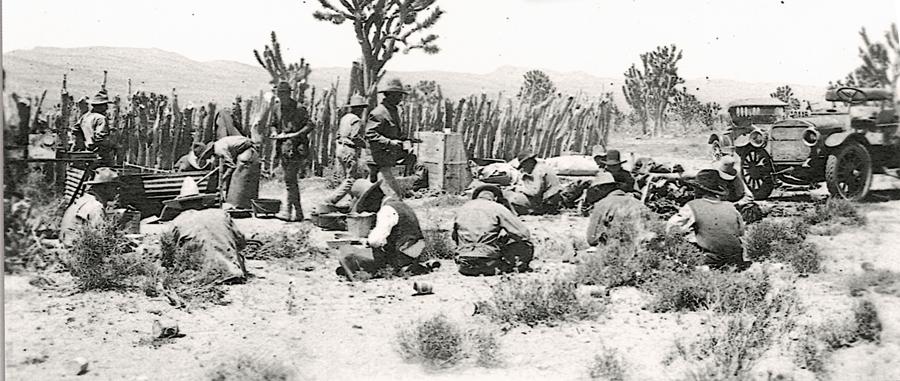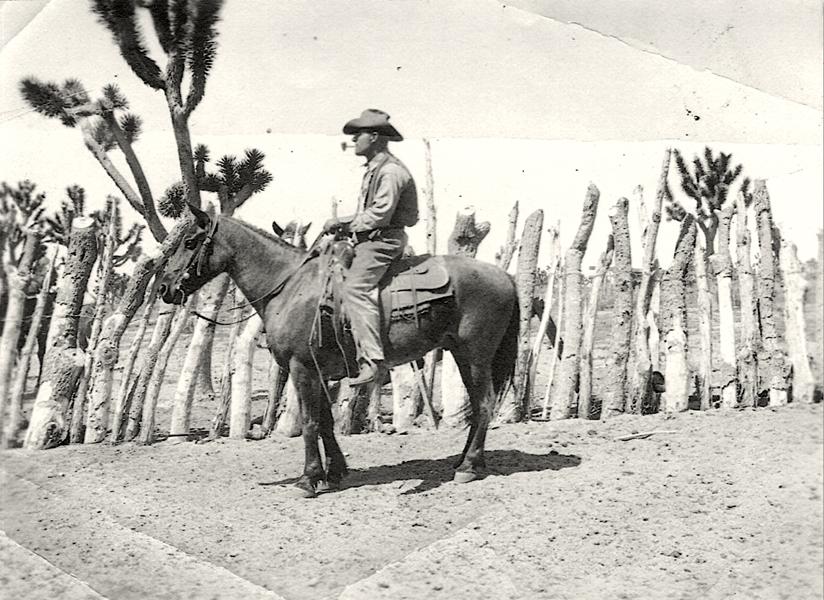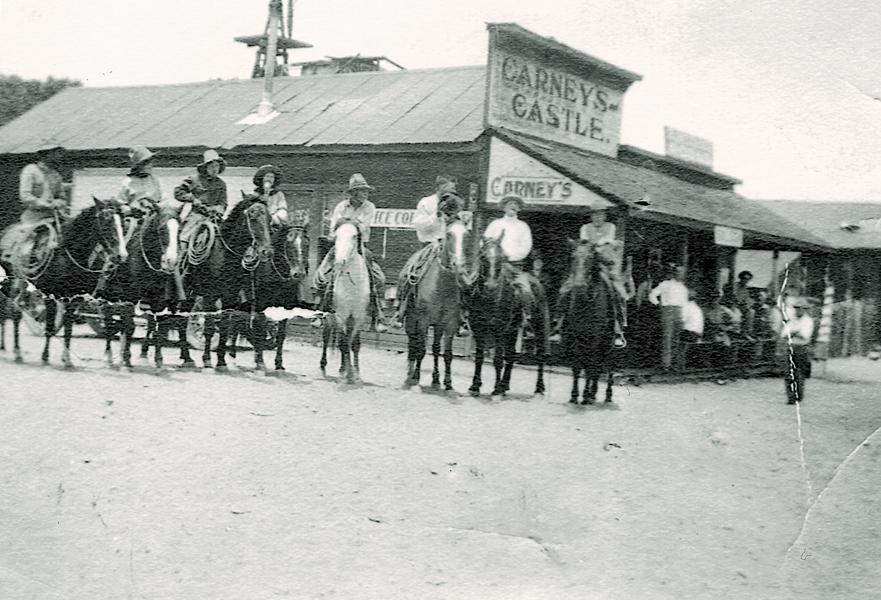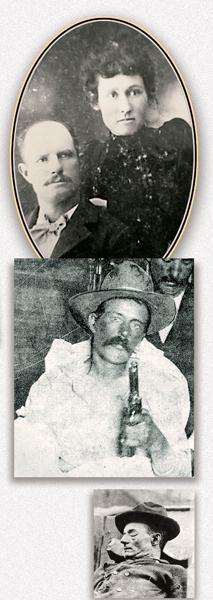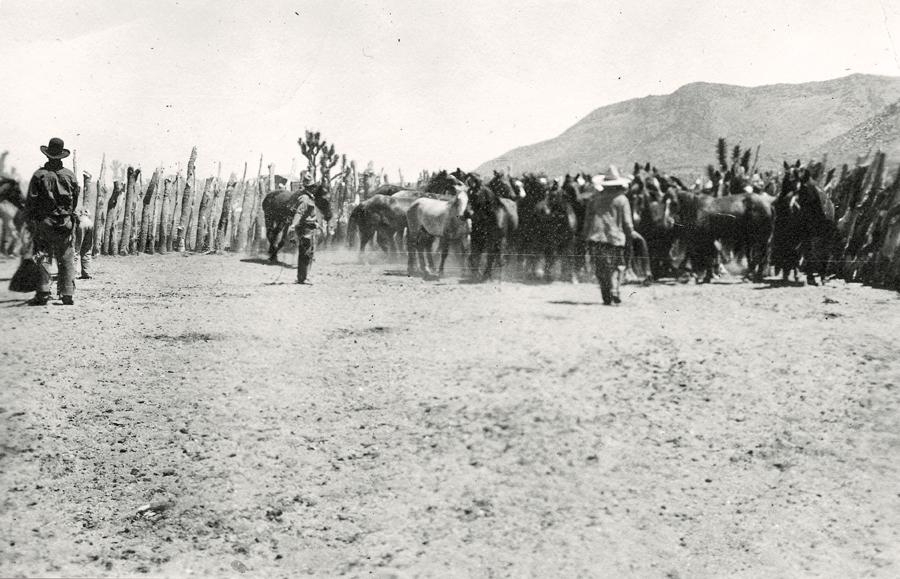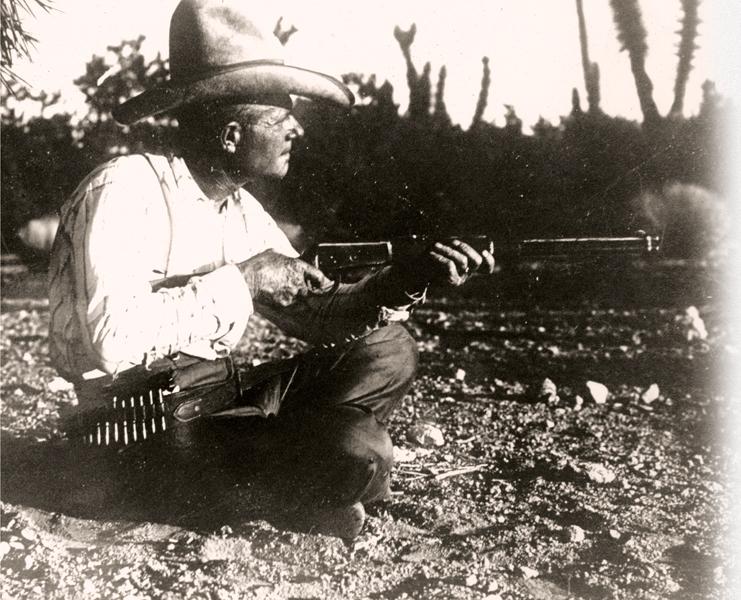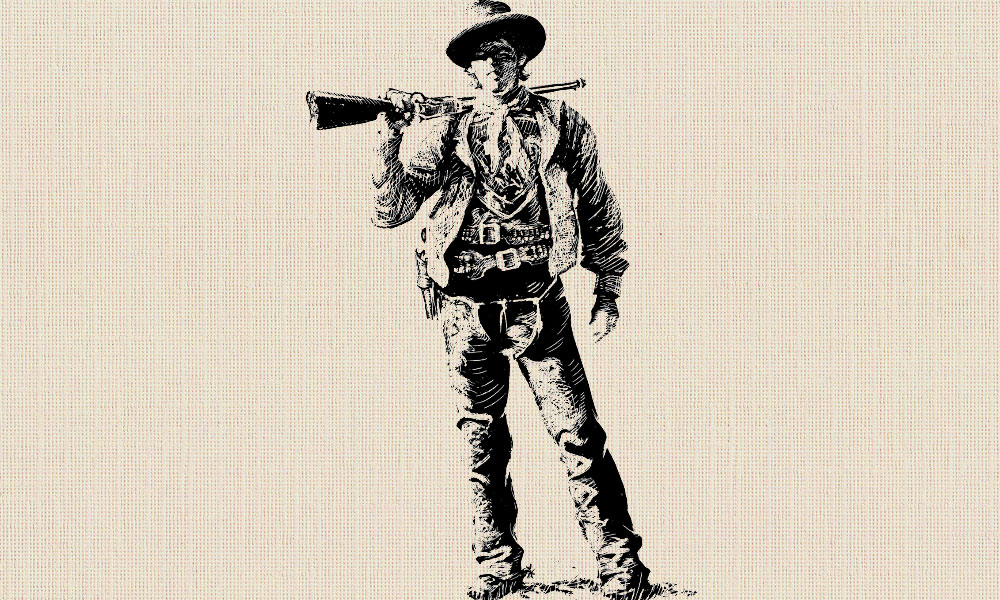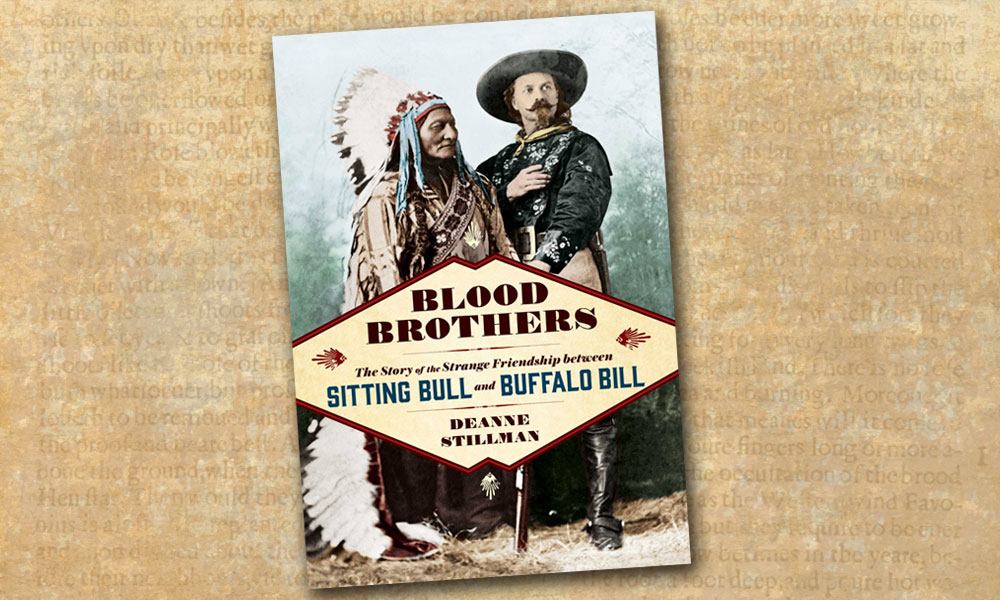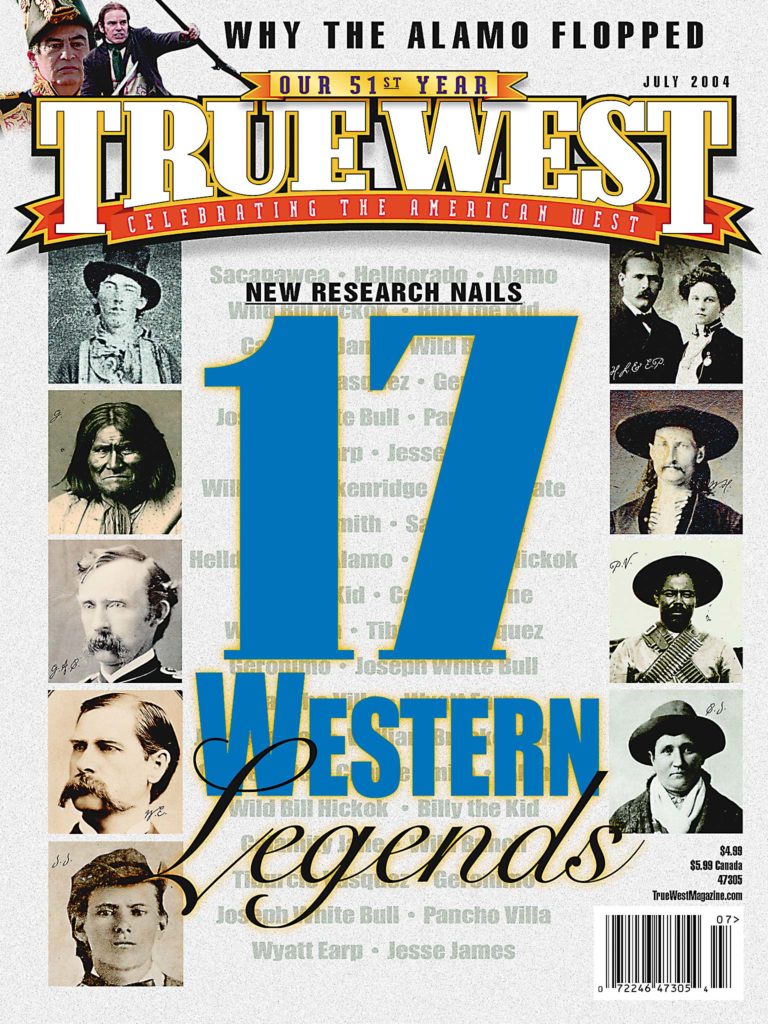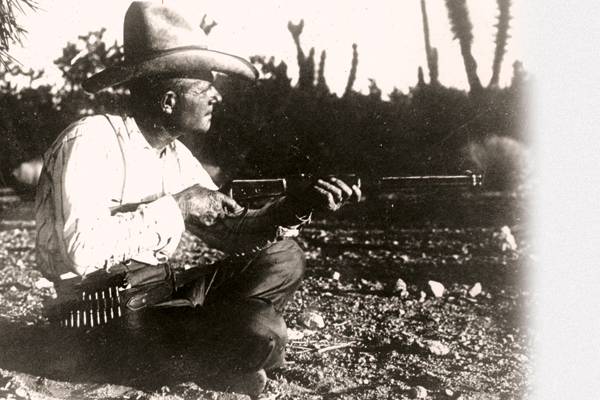 Nobody was going to sneak up on ol’ Tap Duncan on the Diamond Bar Ranch, tucked away as it was in a remote corner of Arizona’s Mohave County.
Nobody was going to sneak up on ol’ Tap Duncan on the Diamond Bar Ranch, tucked away as it was in a remote corner of Arizona’s Mohave County.
Anybody wanting to find him had to negotiate the narrow confines of Grapevine Canyon and ride up to his front door.
Anybody thinking about sneaking up behind Tap had a bigger canyon to negotiate—the Western rim of Grand Canyon lies five miles east of the ranch. At the edge, it’s a mile straight down to the Colorado River.
Tap had reason to keep the back door shut and the front door narrow.
George Taplin Duncan was born in San Saba, Texas, on February 4, 1869. The Duncan family was a tough bunch. His older brother Richard was hanged for murder in 1892. That same year, Tap married Ollie Binion. He and Ollie moved to Idaho, and Tap got into the cattle business. It was during this time that Tap became associated with Harvey Logan and other members of the Hole in the Wall Gang. The extent of Tap’s involvement with the gang is unclear, but in 1898, Tap killed a man in a barroom fight. He left Idaho in a hurry with Ollie and their four children and bought a ranch on Knight Creek, near Hackberry, Arizona.
On June 7, 1904, three men held up the Denver & Rio Grande No. 5 outside Parachute, Colorado. A posse cornered the robbers two days later near Rifle, Colorado. In the ensuing shoot-out, one of the men, Harvey Logan, a.k.a. Kid Curry, was severely wounded. With no chance to escape, Logan convinced his two accomplices to make a run for it while he held off the posse. When the shooting stopped, the posse found Logan dead of a self-inflicted gunshot wound to the head.
The posse identified the dead man as Tap Duncan.
Pinkerton agents investigating the train robbery recognized that the dead man was actually Harvey Logan. The railroad didn’t want to pay the reward, so the agents confirmed that the dead man was Tap Duncan. He was buried in Glenwood Springs, and the legend was born that Logan had fled the country to join his friends Butch Cassidy and the Sundance Kid in South America.
If Tap got wind of all this, he never said. On November 19, 1944, he died at the age of 75 in Kingman, Arizona, 40 years after the man buried in Tap’s grave in Glenwood Springs—Harvey Logan.
The Mysterious Mr. Thomas
Tired of the bitter cold Idaho winters, Tap and Ollie Duncan and five other families formed a wagon train and headed for Arizona in 1898. Crossing the Colorado River at Bonelli Landing, a local guide, Ila Grounds, met them and guided them into Mohave County. Riding with the Duncan party was a man who called himself Mr. Thomas. Grounds observed that the dark complexioned cowboy rode a nice saddle, wore good clothes and hung off to the side when they stopped to eat. Grounds also noted that when they approached the town of White Hills, Thomas rode away from the road and rejoined the outfit on the other side of the town. The mysterious and aloof cowboy referred to Mrs. Duncan as “Aunt Ollie.” In actuality, Thomas was the outlaw Tom “Black Jack” Ketchum, and Tap Duncan’s older brother, Bige, was married to Ketchum’s sister.
Some time after their arrival, Ketchum allegedly held up a store near Kingman, Arizona, then fled, and with others, robbed a general store in Camp Verde, killing the owner. A series of bank and train holdups followed, until Ketchum finally was captured near Folsom, New Mexico, tried and sentenced to hang. When Ketchum was hanged at Clayton, New Mexico, in 1903, the local newspaper reported that a raid to free Ketchum was expected, and rumors circulated it would be led by a cowboy named Tap Duncan. The raid never materialized.
Diamond Bar Ranch
Located some 50 miles as the crow flies northeast of Kingman, Arizona, between the Grand Canyon and the second largest Joshua Tree forest in the state.
Archaeological evidence indicates the natural springs on the ranch have been in use for 3,000 years. In 1889, the first of several “Ghost Dances” by the Hualapai were held at these springs. These dances were intended to bring back to life deceased Indians and game animals, and do away with the encroaching white men.
The ranch was established by a Mormon rancher, W. Starkey, in the late 1800s. Tap Duncan purchased it in 1910.
He gradually expanded the ranch until, at its most productive, he was running 2,000 head of cattle on more than 2,265 sections (approximately 1.45 million acres).
What remains of the ranch is now part of the 106,000-acre Grand Canyon West Ranch, a working cattle ranch and guest resort.
Tom Carpenter lives in Flagstaff, Arizona.
Photo Gallery
– All photos courtesy Tap Lou Duncan Weir –


